Textile Engineering of Felix Diener

Who said: to win everyone’s favour is the skill that no one can acquire? Felix Diener, a consultant, freelance designer and product developer for major publishing houses such as “JAB Anstoetz”, proves us wrong.
Felix Diener graduated from school as a textile engineer and textile designer. He has managed to connect these two spheres into a new, innovative technology of creating textile goods, technical and artistic design of which leaves a really lasting impression. There is no doubt it is difficult for him to answer the question whether he is rather a craftsman or an artist. Truly speaking, it is a minor matter - as long as the advanced technologies and the unique artistic style join together under his leadership.
Mr. Diener, you started your career in Melbourne, Australia. What did you do there?
I was developing technical textile. Then I was producing fabrics and double knit made of special synthetic fibers: textile for filtration, for example, for chimneys, and fabrics for protective clothing, such as flame resistant uniforms and ballistic fabrics “Twaron” for helmets and bulletproof vests production. Such things.
Later you worked for Ulf Moritz, a famous designer.
Yes, working with him has always inspired me a lot and, up to this day, it shapes my way of thinking. In addition to my leadership of the Amsterdam studio, we have developed the highlights of his collection together. An exciting project was the “Trimming” collection, which I have been supporting until today.
What are you working on now?
In addition to everything else, I am currently cooperating with the small developing trademark “Femhome”, Amsterdam. I develop design for pillows, blankets, plaids. Everything is made of natural materials. The carpets are sold directly with my name as a designer. There are also numerous requests for consultation in the sphere of industry. For example, last year I designed mops and wipes for “Vileda” company - this also concerns textile industry, doesn’t it?
How do you manage to combine textile design and the art of engineering? How can one imagine this in practice?
All products should be produced somewhere. Even in manual production, tools or machines are involved. The more you know about the production techniques and on-site use, the better you can introduce this into innovations and to apply in the framework of the present technical conditions or influence the creation of favourable conditions, necessary for the production. Only in such way, one can create really new things. There is no difference for furniture fashion and design.
What materials do you work with?
I work with all the materials that enable creation of durable, reproducible and affordable goods. The cost of luxury products can be more expensive; nevertheless, our industrial goods should be still affordable. Besides, we use not very traditional materials such as packing plastic, metal yarn, eucalyptus or manila hemp.
Manila hemp?
Manila hemp or abaca is a type of sisal and is spread mainly in the Philippines and Indonesia. It is used for carpets production; it is coarse, but indestructible.
How to get successful in artistic and commercial way?
Hm, the personal attitude to your business is important. And fairness in any sense. A great commitment to the work and a good service. For example, the products are often so complex that it takes a lot of knowledge in order to sell them.
Besides, I am very lucky that I am as good at the technology as at aesthetics. It was difficult at first, but now it is my advantage. So far, customers’ desires have often corresponded my personal taste. Now it seems to be the time when some special kinds of textile goods, every of which have some highlights, are in great demand.
Do you have any textile goods other than your own ones?
I have some interesting textile goods. Actually just in my studio. For example, the new collection for “Tara”, an incredibly innovative company. Some unique goods appear as the result of work of the international team using the Philippines technology, embroidery and application, combining various fabrics and using different stuff such as foil or high-tech materials. Thus, there appear products with avant-garde modern design - they all are hand-made, which is impossible to find in Europe nowadays anymore.
Give a tip, please, to our readers: How do you recognize good textile design? What textile goods do you consider a good investment?
Design consists of a great number of irrational aspects and particularly depends on any taken person. People always try to find some logics. Regardless its existence, when applied, it does not work out. If to use just a feeling, it does not work out either. I would say you just need a lot of experience. Good design in terms of aesthetics should always be sensed individually. The majority of high-quality brands pay much attention to the quality of their goods. The price is, alas, often a good indicator of it. Well-designed products are recognized thanks to their timelessness .
Author : F.S.
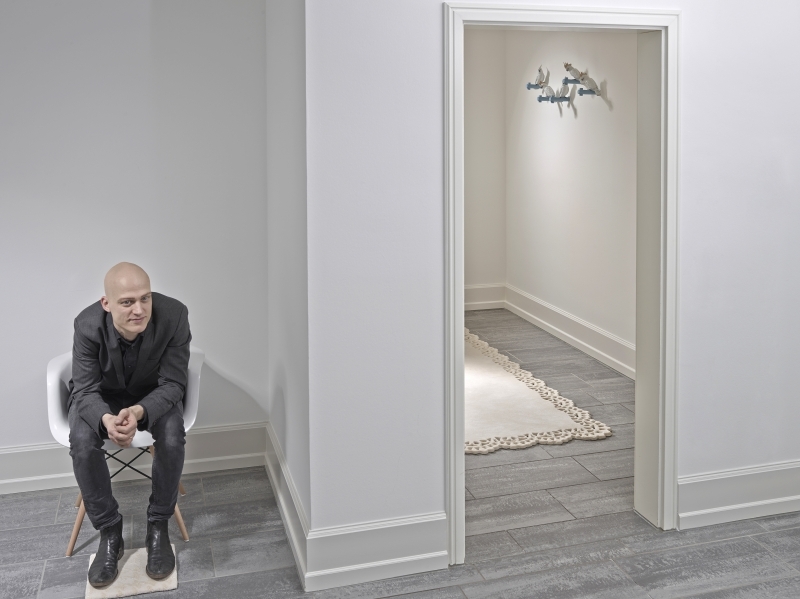
Felix Diener with his Broderie carpet from a new fashion collection by Oliver Troytlyayna, © Oliver Treutlein
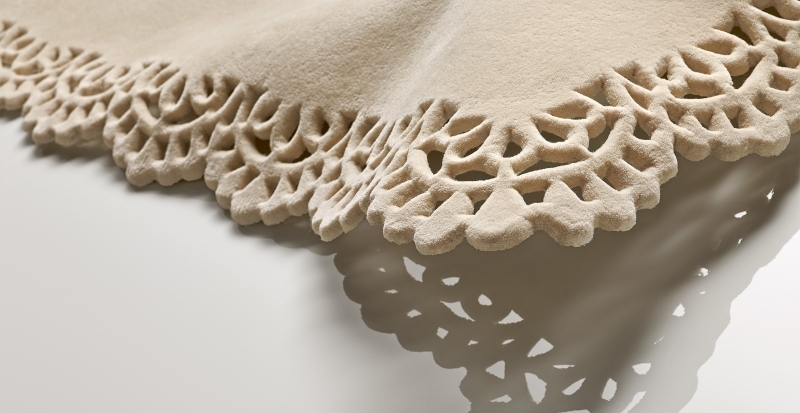
“Broderie”, the carpet with inspiring embroidery, © Oliver Treutlein, Photo by Tim Marquardt.
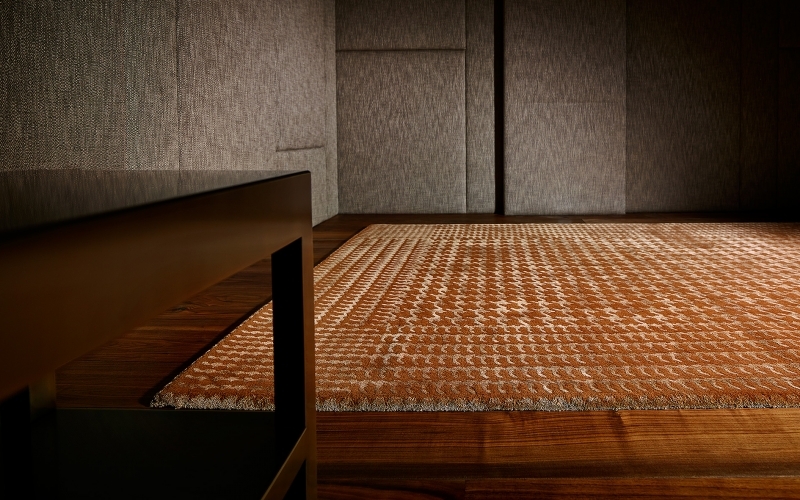
“Henry Tabac”, the carpet, designed by Felix Diener, © Oliver Treutlein, Photo by Tim Marquardt.
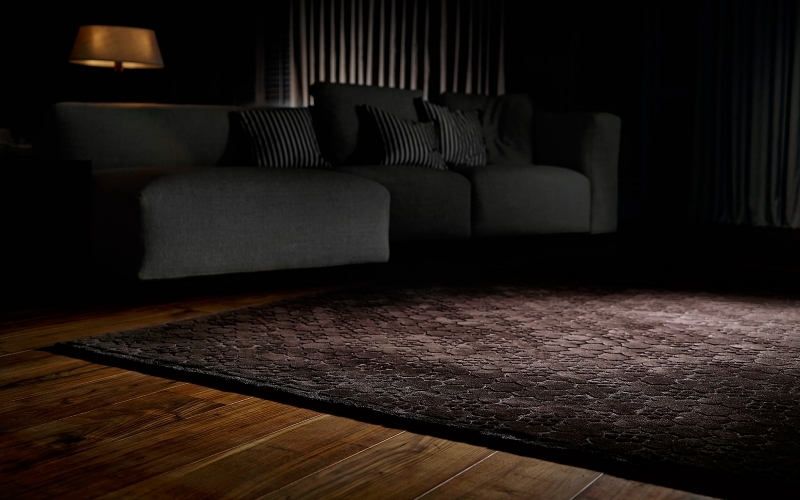
“Monogram”, the carpet designed by Felix Diener, © Oliver Treutlein, Photo by Tim Marquardt.
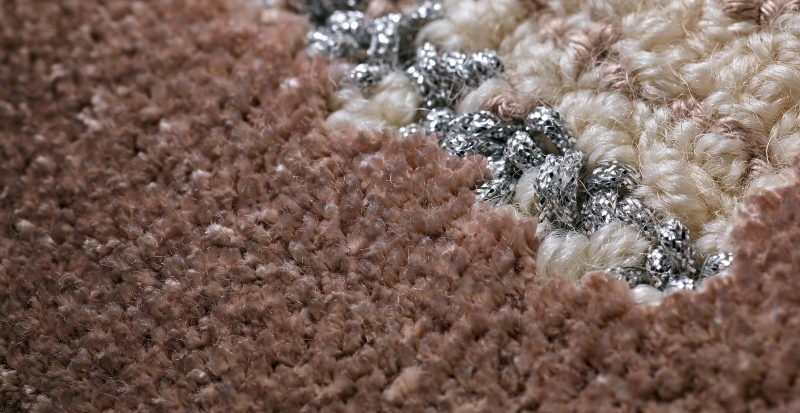
“Coco”, the carpet designed by Felix Diener, © Oliver Treutlein, Photo by Tim Marquardt.
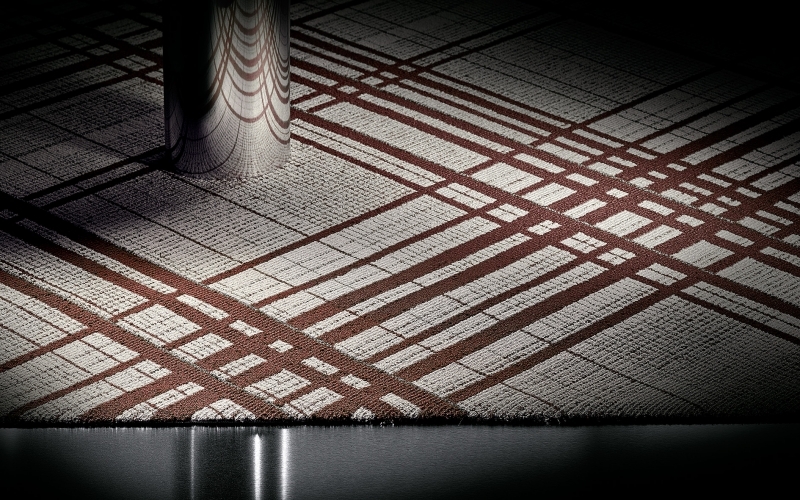
“Coco”, the carpet designed by Felix Diener, © Oliver Treutlein, Photo by Tim Marquardt.
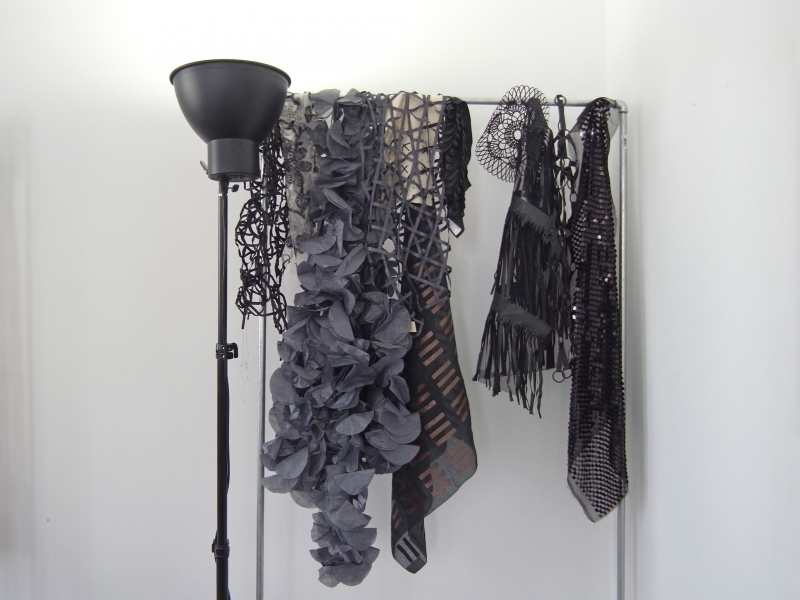
An items sample produced by “Tara” company in the studio of textile designer Felix Diener, © Felix Diener
Based on the materials of http://www.i-teria.com
